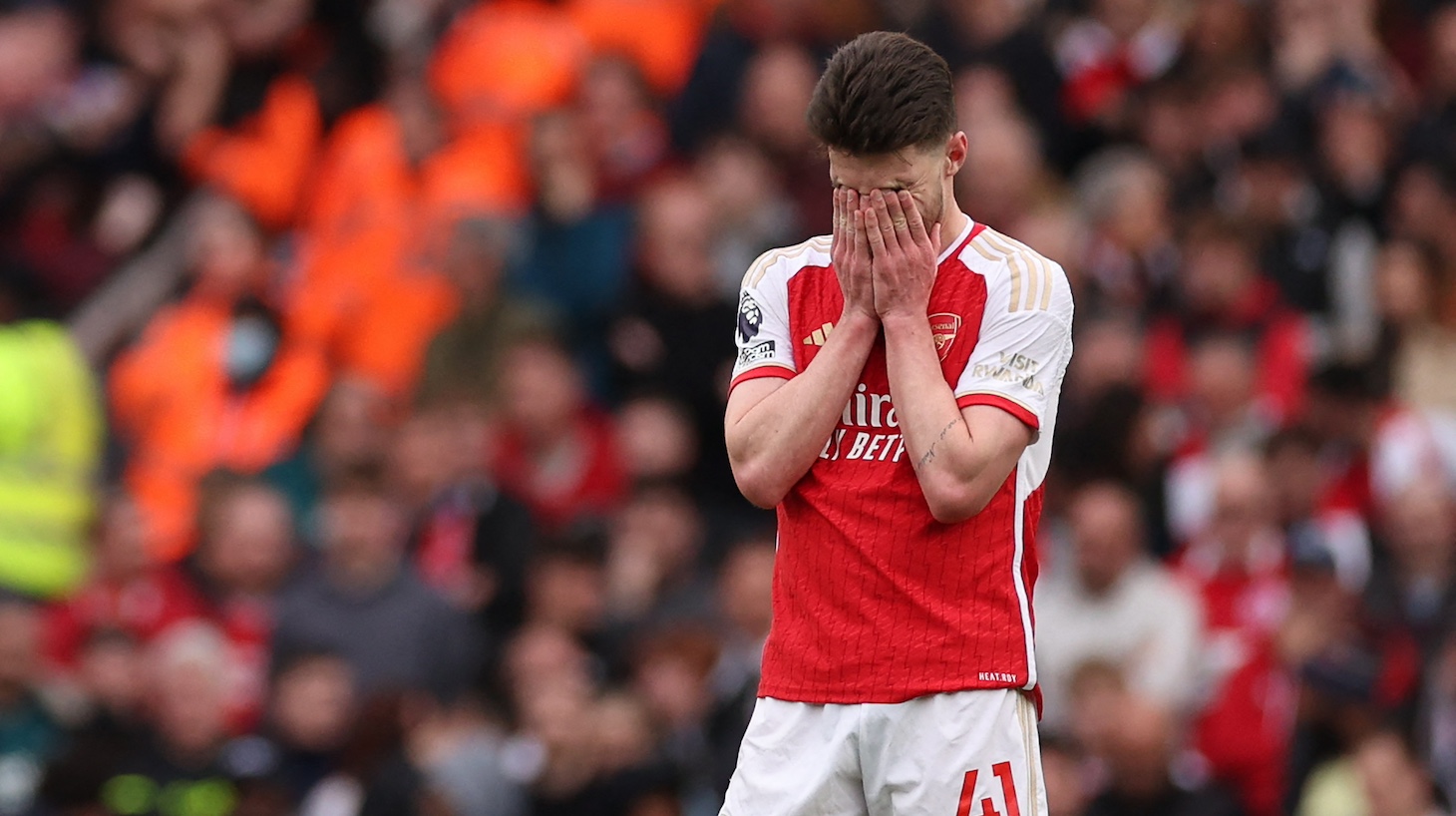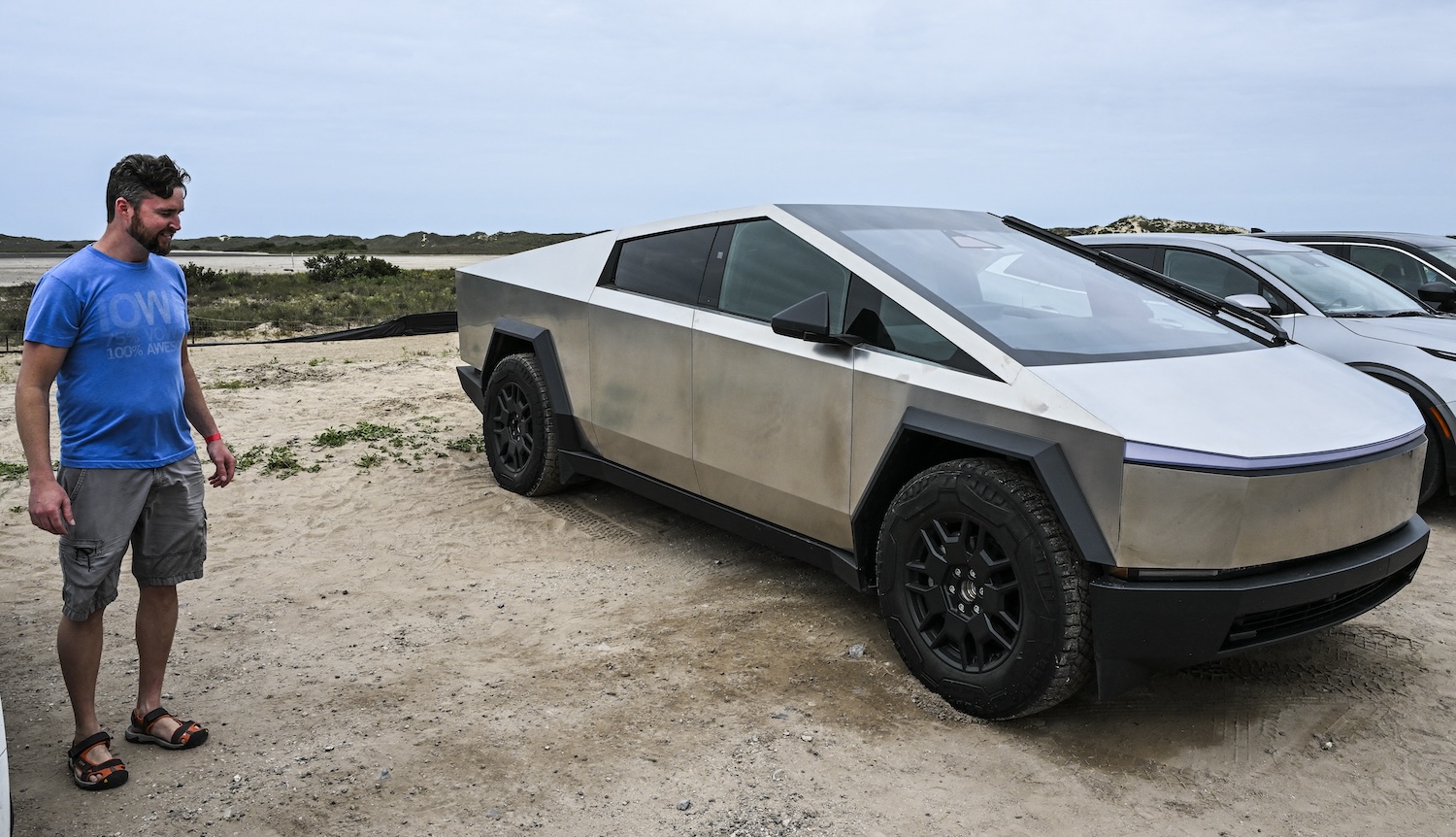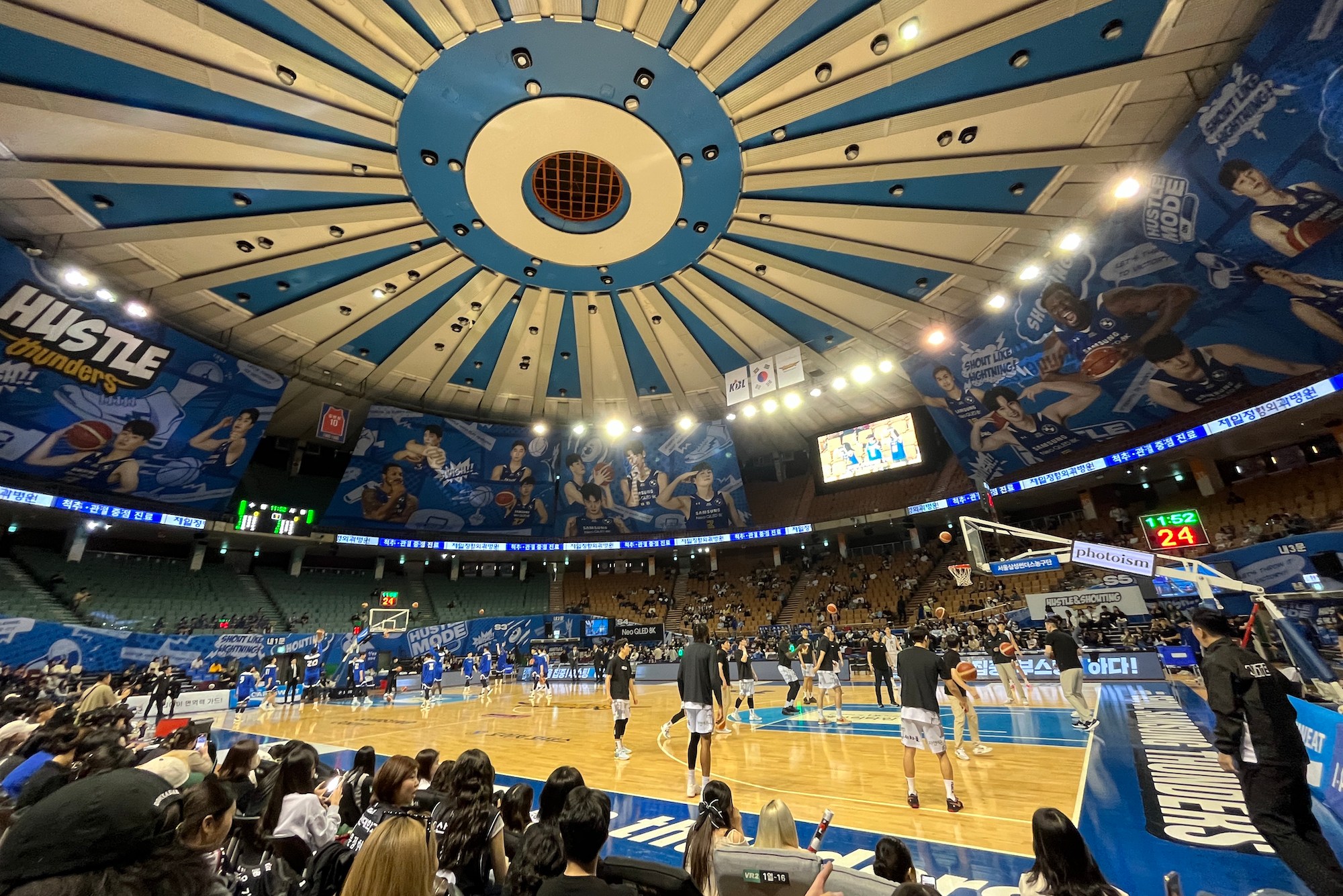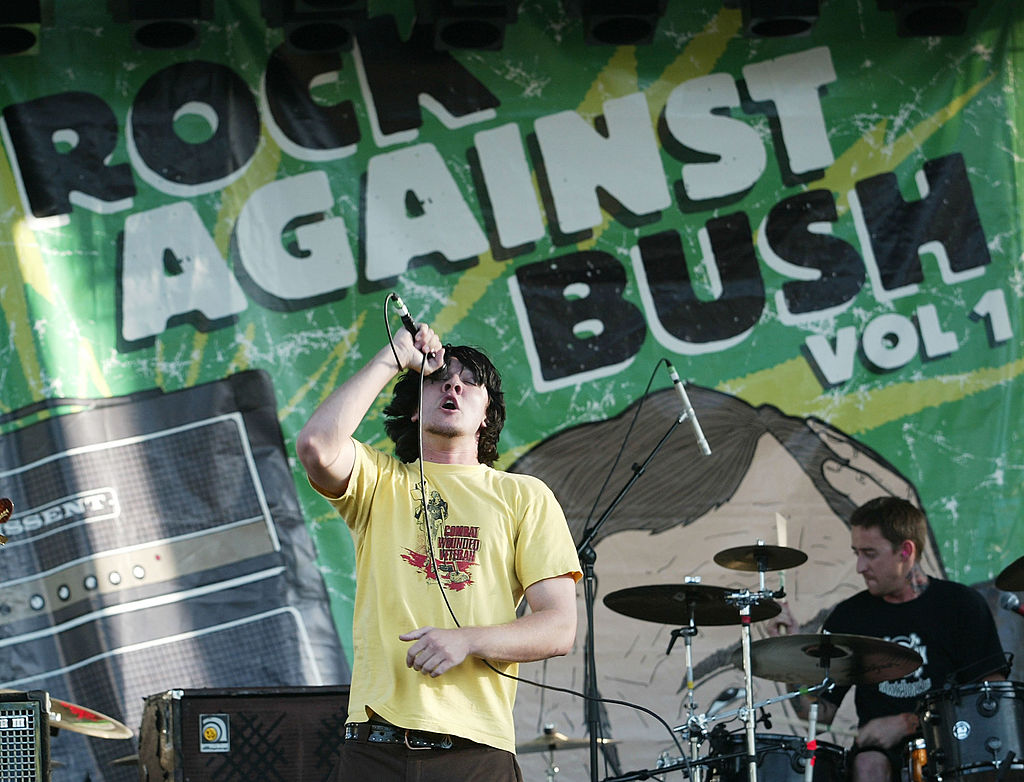
The following is republished from Max Read's newsletter, called Read Max. We think you might enjoy it. If you like reading this, consider subscribing to Read Max, where you can read a lot more Max.
Chuck Klosterman has a new book out about the 1990s. Here he is in conversation with New York magazine's David Wallace-Wells:
DWW: The editor Gavin Jacobson has called the ’90s an “age without qualities,” which I think describes a pretty common feeling about the decade — that it’s just kind of floating there in our memory, a bit undefined. What’s interesting about it to you?
CK: It feels as though the 1990s weren’t just the last decade of the 20th century but sort of the last decade, period — the last decade with a fully formed and recognizable culture of its own.
The Read Max newsletter shares with Klosterman an enduring fascination with "The 90s," as longtime readers are well aware, but it is not "90s chauvinist," and it is Read Max's considered judgment that his claim here is incorrect. I dare anyone to look at this image and tell me that the 2000s did not have a "fully formed and recognizable culture of its own":
Or this one:
Or this one:
Or this one:
Or this one:
Or this one:
Indeed, the subsequent issue of New York featured a kind of riposte to Klosterman, thanks to Allison P. Davis's warning "A Vibe Shift Is Coming. Will Any of Us Survive It?," which did for the vibe what Wallace-Wells's The Uninhabitable Earth did for climate. Emphasis mine:
A vibe shift is the catchy but sort of too-cool term Monahan uses for a relatively simple idea: In the culture, sometimes things change, and a once-dominant social wavelength starts to feel dated. Monahan, who is 35, breaks down the three vibe shifts he has survived and observed: Hipster/Indie Music (ca. 2003–9), or peak Arcade Fire, Bloc Party, high-waisted Cheap Mondays, Williamsburg, bespoke-cocktail bars; Post-Internet/Techno Revival (ca. 2010–16), or the Blood Orange era, normcore, dressing like The Matrix, Kinfolk the club, not Kinfolk the magazine; and Hypebeast/Woke (ca. 2016–20), or Drake at his Drakest, the Nike SNKRS app, sneaker flipping, virtue signaling, Donald Trump, protests not brunch. [...]
He thinks the new vibe shift could be the return of early-aughts indie sleaze. “American Apparel, flash photography at parties, and messy hair and messy makeup,” he riffs, plus a return to a more fragmented culture. “People going off in a lot of different directions because it doesn’t feel like there’s a coherent, singular vision for music or fashion.” He sees Substacks and podcasts as the new blogs and a move away from Silicon Valley’s interest in optimizing workflow, “which is just so anti-decadence.” Most promisingly, he predicts a return of irony.
Setting aside the question of any "vibe shift" that may or may not be at hand—except to remind readers that paid subscribers to Read Max are guaranteed protection from any and all future vibe shifts—it seems clear that the 2000s loom large in the current models of professional vibe assessors.
But what were the 2000s? Three main currents of nostalgia dominate the imagination at present.
"Indie sleaze"
As hinted in the Vibe Shift article, one dominant conception of the culture of the 2000s is "Indie Sleaze," the aesthetic and history of which is entertainingly documented in Lizzy Goodman's book Meet Me in the Bathroom, on Instagram accounts like @IndieSleaze, and in playlists like this one, from 2000s icon Matthew Perpetua. This was the culture that birthed “The Hipster,” may he rest in peace.
“Indie Sleaze” garners a significant amount of attention because it was the dominant contemporary culture for most current thirty- and forty-somethings in the meaning-making industries, not that I know anyone like that. It also has the benefit of being one of the few scenes or aesthetics of the time that comes anywhere close to looking, when viewed 20 years later, “cool.”
Von Dutch culture
A second vein of 2000s nostalgia can be found adjacent to Indie Sleaze: the vibrant and somewhat overlapping Von Dutch–Ed Hardy celebrity culture of Los Angeles and environs, which has been archived with scholarly verve over the last few years by the Twitter/Instagram/Tumblr account Pop Culture Died in 2009, which focuses on tabloid and supermarket-magazine coverage of the culture of the 2000s.
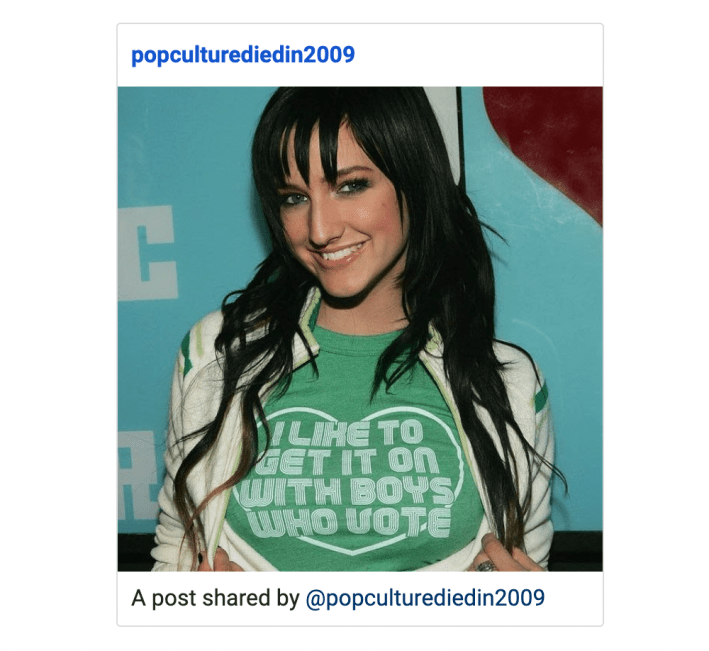
The Von Dutch culture is celebrated because it was colorful, memorable, and widely covered across digital and traditional media outlets.
Remembering some wars
A third strain of 2000s nostalgia revolves around the mass political culture of the decade: the 2000s of email forwards, DailyKos, Antiwar.com, Supporting the Troops, and Pat Tillman. This strain of 2000s-remembering is typified by the Twitter account “G.W. Bush-era Leftism” and its twin, “G.W. Bush-era Right-wing Bot.”
— G.W. Bush-era Leftism (@DubyaEraLeft) June 21, 2021
— G.W. Bush-era Right-wing Bot (@DubyaEraRight) August 28, 2020
Avenues of further inquiry
Of course, hipster culture, celebrity culture, and political culture were not the only cultures of the 2000s, even if they are the spheres for which people on social media have the most aggressive nostalgia. Any description of any “fully formed and recognizable culture” of the 2000s would need to account for—at the very least—the rise of Southern rap, the television show Lost and the subsequent host of serialized imitators, and, of course, Boxxy.
Other avenues of inquiry:
- Vince Vaughn/Will Ferrell/Wilson brothers comedies
- The song "Let the Bodies Hit the Floor"
- iPods, various models of
- Howard Dean
- Entourage
- Snorg tees ads
- Truffle oil
- The Pirates of the Caribbean franchise
- JibJab videos
- "Hey Ya"
- Super Size Me
- Dipset
- Subprime mortgages
- Urban Outfitters selling AC/DC and Led Zeppelin T-shirts
- Bacon-wrapped dates
- DVD extras
- Gorillaz
- McSweeney's
Is there a concept of the 2000s that can encompass all of these developments in their fullness? I eagerly await theorizing.
The most 2000s artifact I can think of (hypothetical)
- A photo of a girl wearing layered tank tops and eating Pinkberry, taken on a Nikon Coolpix and uploaded to a Facebook album called MILK WAS A BAD IDEA
The most 2000s artifacts I can think of (actual)
Essay questions
- In the ‘90s, the Black Eyed Peas were a second-tier conscious-rap group that performed with a live band. By the end of the 2000s, they were globally famous iPod-ad tech-investor futurists. What happened, and does it tell us about politics?
- Without making reference to Gavin McInnes, answer the following question: Were Vice magazine DOs and DONTs funny?
- Given that Nas won, how and why did Jay-Z emerge from the beef as the bigger pop-cultural figure? Reference Collision Course and “Numb/Encore” in your answer.
- Why was Boston "cool" in the 2000s? How does the 2004 World Series victory of the Boston Red Sox prefigure Donald Trump's election?
- Was poptimism a mistake?
- Is the following video, recorded on the 1999 Family Values tour, ‘90s or 2000s? Explain your reasoning.
- What was the funniest Jim Jones ad-lib?
- Were "scene" and "emo" the same thing? Why or why not? What is the relationship of "scene" and/or "emo" to "hipster"? Draw diagrams if necessary.
- Explain Uffie.
If you would like to read more dispatches from and about the weird new future, subscribe to Read Max.
If you liked this blog, please share it! Your referrals help Defector reach new readers, and those new readers always get a few free blogs before encountering our paywall.
Stay in touch
Sign up for our free newsletter
